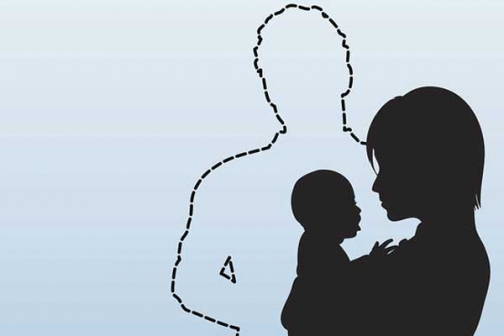×
The Standard e-Paper
Informed Minds Prefer The Standard

If you are to believe the talk on morning radio shows, Kenya has a “crisis” of single parenthood – the gender-neutral term is often used euphemistically, but everyone knows that it is really single motherhood we are talking about.
There is some truth in all the hand-wringing.







